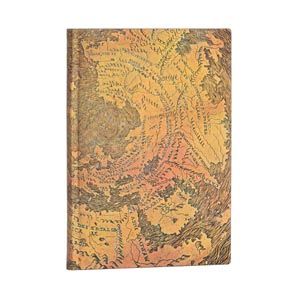Hunt-Lenox Globe (NEW TITLE)

Treasures of the New York Public Library
One of the greatest treasures in The New York Public Library’s collection is a hollow copper globe, just 112 millimetres in diameter. This striking terrestrial globe dates to approximately 1510 and bears a strong resemblance to the Globus Jagellonicus housed at the Collegium Maius Museum in Krakow. What makes the Hunt-Lenox Globe unique is that it is one of only two known instances of a historical map using the phrase “HC SVNT DRACONES” (“here be dragons”).
The Hunt-Lenox Globe is one of the oldest terrestrial globes, and the oldest to depict the Americas. Purchased “for a song” in Paris in 1855 by American architect Richard Morris Hunt, it was at first seen as a mere novelty. It wasn’t until bookdealer Henry Stevens noted its significance that Hunt donated the globe to the Lenox Library – James Lenox’s vast collection of paintings, books and other artifacts – for which he was the chief architect. Today, the globe is a part of The New York Public Library’s Rare Book Division and featured in the Polonsky Exhibition of The New York Public Library Treasures.
For fans of: Historical artifacts, maps and globes, American history, ancient explorers, Early Cartography























